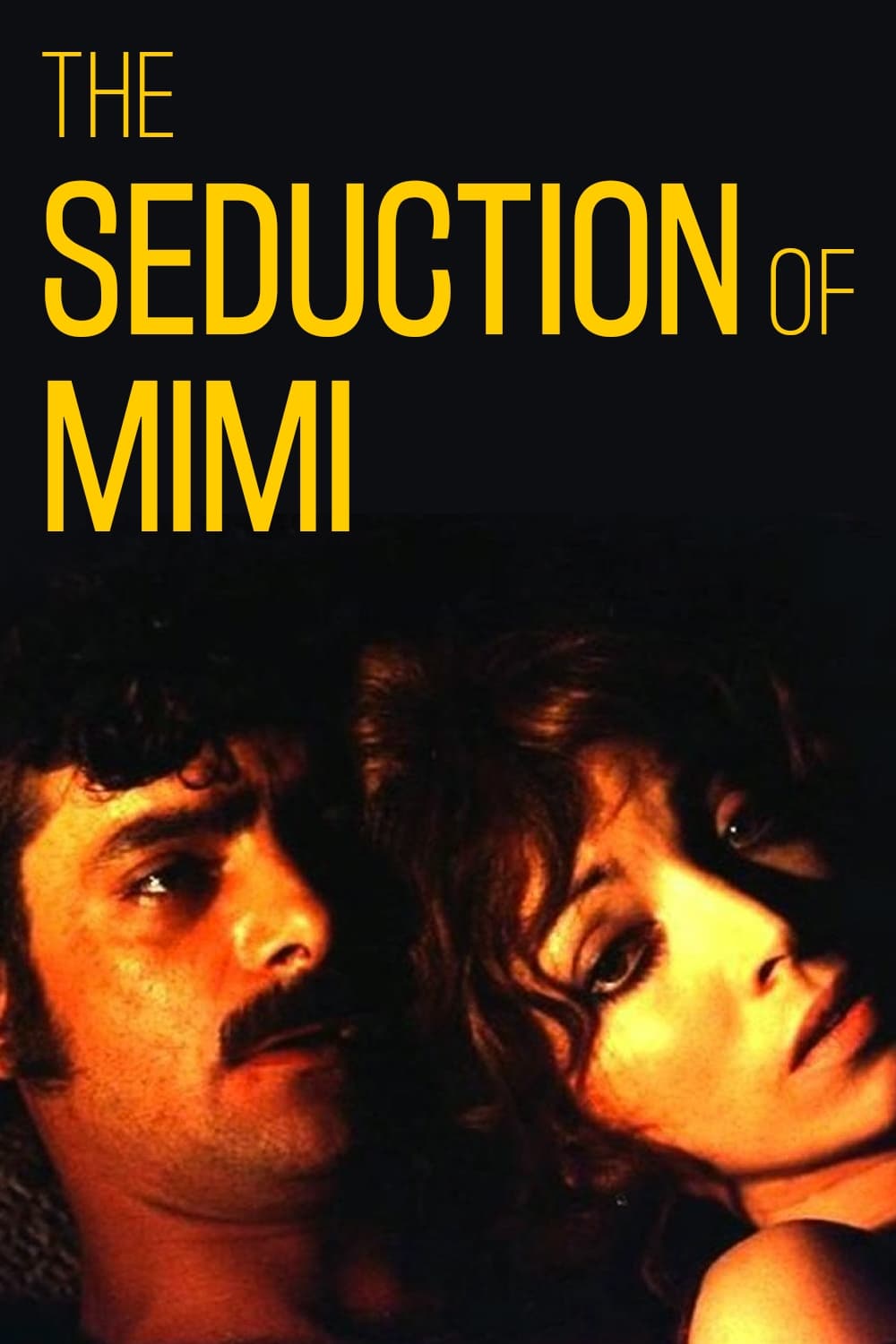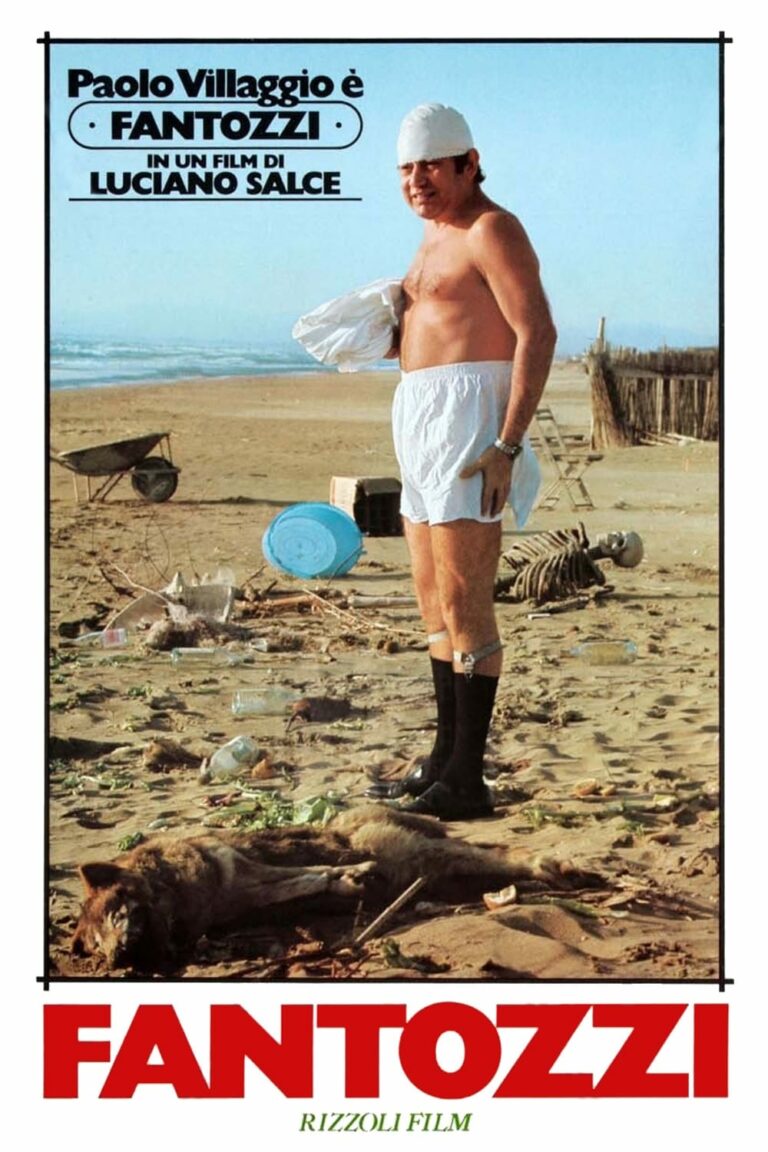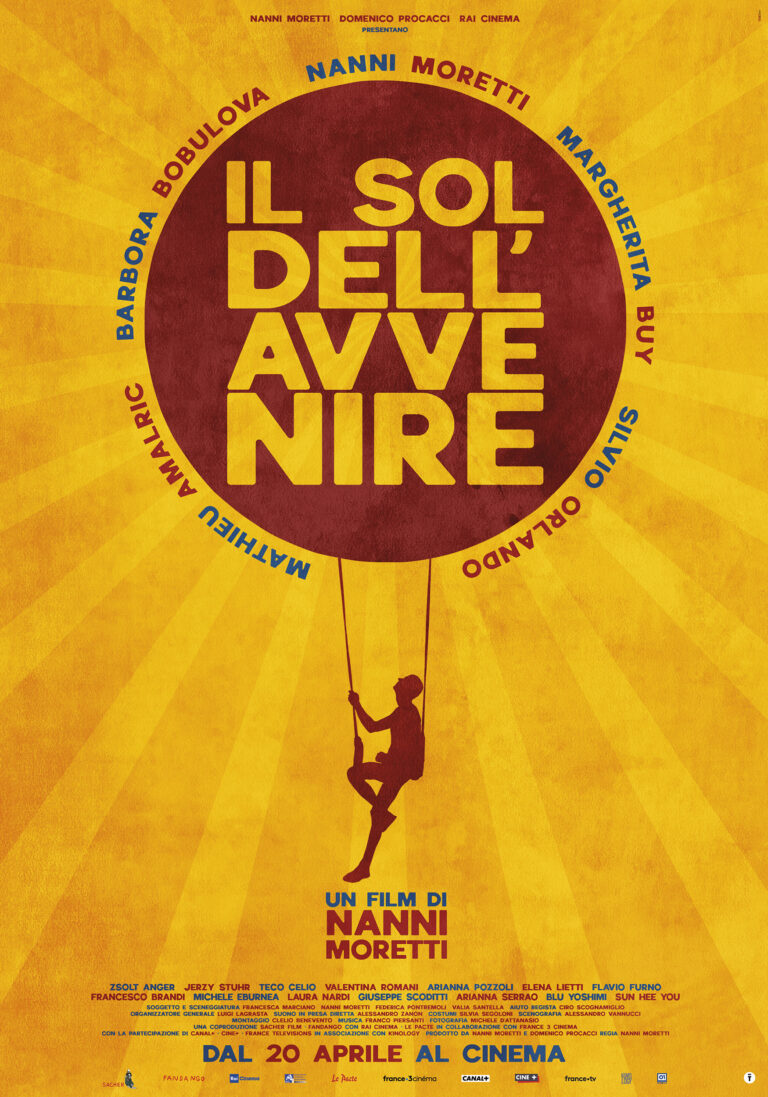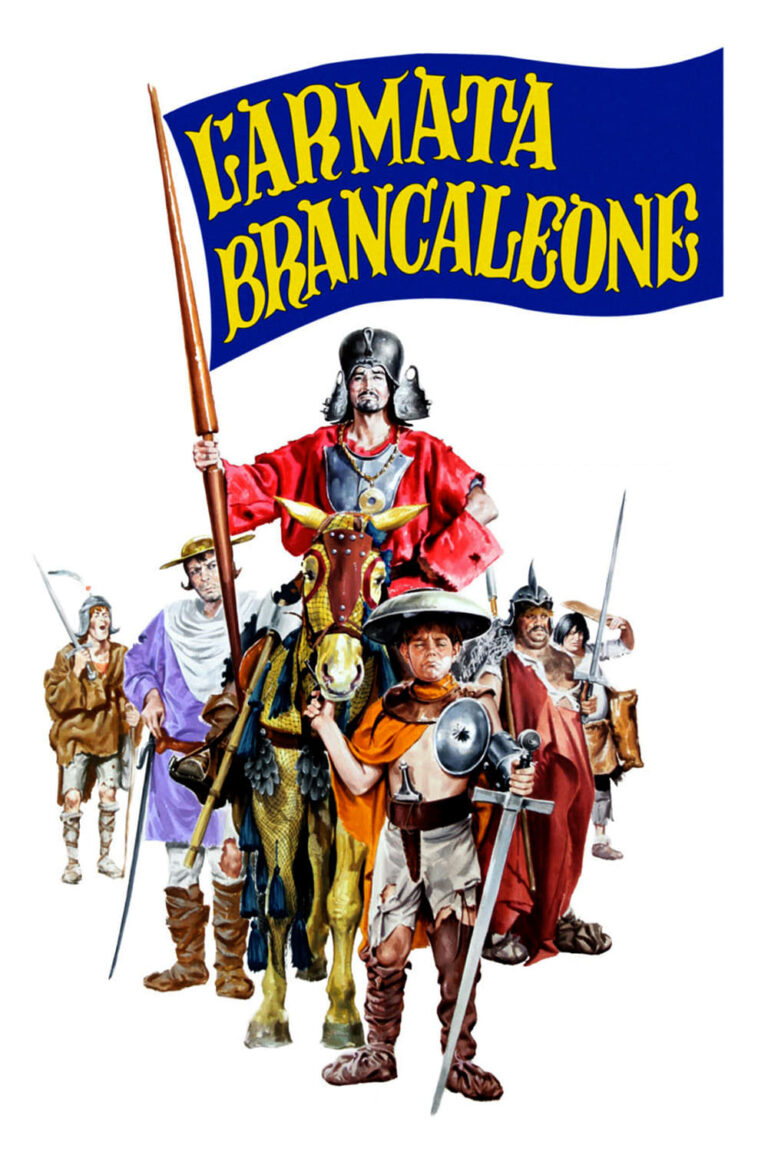
The Seduction of Mimi (Italian: Mimì metallurgico ferito nell’onore) is a masterpiece directed by the legendary Lina Wertmüller in 1972. Known for its biting satire and political commentary, the film is a brilliant blend of humor, romance, and sharp social critique. This article delves deep into the various facets of the film, from its thematic richness to its historical and cultural significance.
Introduction to The Seduction of Mimi
Released in 1972, The Seduction of Mimi is one of Lina Wertmüller’s most celebrated films. The movie skillfully combines comedy with serious social commentary, exploring themes of honor, love, and betrayal. It captures the socio-political tensions of 1970s Italy with razor-sharp wit, making it a timeless classic.
Lina Wertmüller: A Visionary Filmmaker
Lina Wertmüller, the first woman nominated for an Academy Award for Best Director, is renowned for her bold storytelling and keen insight into societal dynamics. Her works often revolve around politics, class, and gender, and The Seduction of Mimi is no exception. Wertmüller’s ability to weave humor with profound commentary distinguishes her in the world of cinema.
Plot Synopsis
The film follows Carmelo Mardocheo, nicknamed Mimi (played by Giancarlo Giannini), a Sicilian laborer whose life takes a tumultuous turn when he refuses to vote for a Mafia-backed candidate. His act of defiance costs him his job and forces him to relocate. In Turin, he begins an affair with a beautiful communist woman named Fiore (Mariangela Melato), setting off a chain of events that intertwine love, revenge, and political turmoil.
Mimi’s journey is both comedic and tragic, as his attempts to navigate his personal and professional life reflect broader societal struggles.
Cast and Characters
The Character of Mimi
Giancarlo Giannini delivers a compelling performance as Mimi, a man torn between his ideals and societal pressures. His portrayal captures the character’s vulnerability and contradictions, making Mimi a deeply relatable and human figure.
Supporting Cast
Mariangela Melato shines as Fiore, a strong and independent woman who challenges traditional gender roles. The supporting characters, including Mimi’s wife and his lovers, add depth and complexity to the narrative, highlighting various facets of Italian society.
Themes and Symbolism
Gender and Power Dynamics
The film delves into the intricate interplay of gender and power, examining traditional roles and expectations. Fiore’s assertiveness contrasts with Mimi’s insecurities, creating a rich dynamic that drives much of the story.
Political Satire and Class Struggle
Wertmüller critiques the corruption and inequalities of Italian society, using Mimi’s personal struggles as a lens to explore broader political issues. The clash between working-class values and capitalist ambitions forms a core theme.
Cinematic Techniques
Use of Humor and Irony
Wertmüller’s signature use of irony is evident throughout the film. The humor is sharp and often dark, serving as a tool to critique societal norms without losing entertainment value.
Music and Sound Design
The film’s score enhances its emotional depth, oscillating between playful and poignant tones to reflect Mimi’s journey.
Reception and Legacy
Critical Reception
Upon release, The Seduction of Mimi garnered critical acclaim for its bold narrative and incisive humor. It remains a touchstone in Italian cinema, celebrated for its innovative approach to storytelling.
Influence on Italian Cinema
The film influenced a generation of filmmakers, cementing Wertmüller’s status as a trailblazer.
Comparison with Lina Wertmüller’s Other Works
Wertmüller’s other films, such as Seven Beauties and Love and Anarchy, share thematic similarities with The Seduction of Mimi. However, this film’s unique blend of romance and political satire sets it apart.
Behind the Scenes
Insights into the production reveal Wertmüller’s meticulous attention to detail and her collaboration with a talented cast and crew. The film’s authentic portrayal of Sicilian and Italian culture stems from her deep understanding of the region’s complexities.
Frequently Asked Questions
- What is The Seduction of Mimi about?
It’s a satirical comedy-drama exploring themes of love, honor, and political corruption in 1970s Italy. - Who directed the film?
Lina Wertmüller, an iconic Italian filmmaker known for her sharp social critiques. - What are the main themes of the film?
Gender roles, class struggles, political corruption, and personal honor. - Why is the film significant?
It combines humor with profound societal commentary, making it a classic of Italian cinema. - Where was the movie set?
The story unfolds in Sicily and Turin, showcasing contrasting aspects of Italian life. - How was the film received internationally?
It was praised for its universal themes and compelling performances, gaining recognition worldwide.
Conclusion
The Seduction of Mimi is a cinematic gem that transcends its time, offering a vivid portrayal of societal dynamics with humor and heart. Lina Wertmüller’s vision and Giancarlo Giannini’s unforgettable performance make it a must-watch for film enthusiasts.





